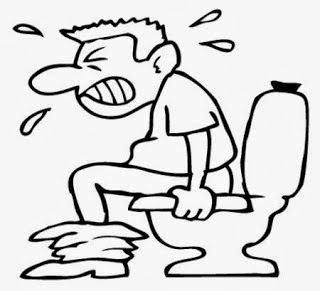Decreased Cardiac Output and Impaired Skin Integrity - NCP Chronic Kidney Disease
Nursing Care Plan for Chronic Kidney Disease Chronic Kidney Disease (CKD) / CRF is a kidney disorder that is progressive and irreversible in which the ability of the body fails to maintain metabolism and fluid and electrolyte balance, causing uremia (retention of urea and other nitrogen garbage in the blood). Causes of Chronic Kidney Diseas CKD / CRF may be caused by systemic diseases are as follows: DM. Chronic Glomerulonefrtitis. Pyelonephritis. Toxic agents. Uncontrolled hypertension. Urinalysis tract obstruction. Vascular disorders. Infection. Clinical manifestations of Chronic Kidney Disease Cardiovascular system: includes hypertension (due to fluid retention and sodium from activation of the renin-angiotensin-aldosterone system), congestive heart failure and pulmonary edema (due to excess fluid) and pericarditis (due to irritation of the pericardial layers by uremic toxins). Integrumenurum system: severe itching (pruritus). Granules is a penunpukkan uremic urine crystals in the s...







